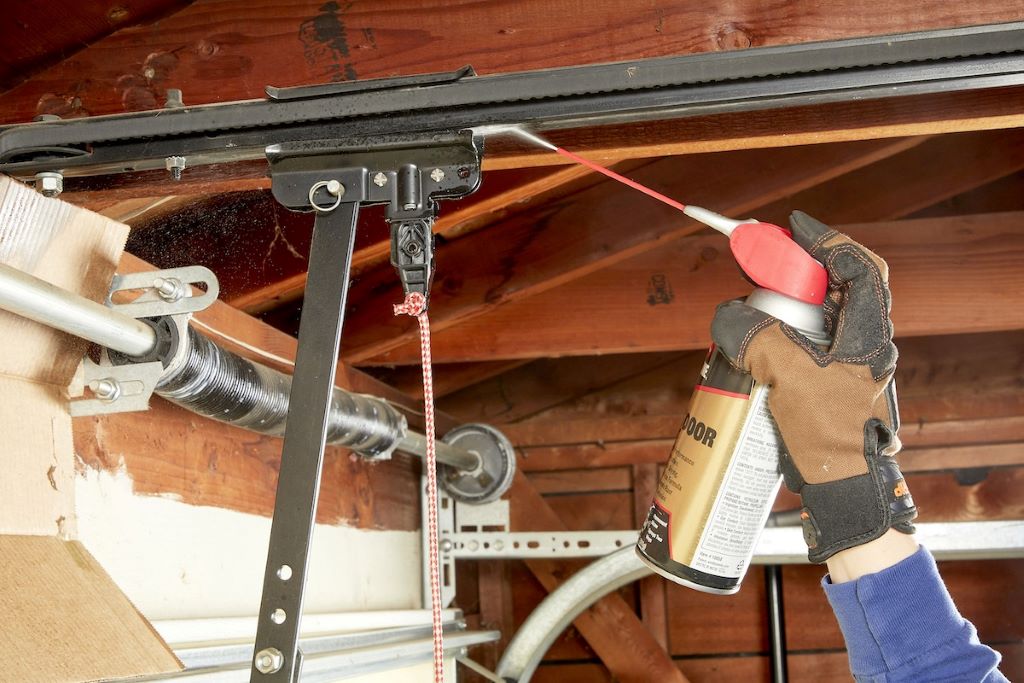Rotating car tires is a simple yet vital task to ensure your vehicle runs smoothly and safely. It promotes even tire wear, extends tire lifespan, and improves fuel efficiency. As a car owner, I’ve learned that neglecting tire rotation can lead to uneven tread, costly replacements, and unsafe driving conditions. According to a 2023 study by the National Highway Traffic Safety Administration (NHTSA), proper tire maintenance, including rotation, reduces the risk of tire-related accidents by 20%. Whether you’re a seasoned driver or a newbie, understanding how to rotate car tires can save you money and keep your car in top shape. In this guide, I’ll share a personal story and practical steps to make tire rotation easy.
Why Rotating Car Tires Matters

Rotating car tires is essential for maintaining vehicle performance and safety. Tires wear differently depending on their position—front tires often wear faster due to steering and weight distribution. Regular rotation ensures even wear, extending tire life by up to 20%, according to a 2022 Michelin tire study. This practice also improves traction and fuel efficiency, saving you money over time.
When I first bought my sedan, I ignored tire rotation, thinking it was unnecessary. Within a year, my front tires were nearly bald, while the rear ones looked new. A mechanic explained that uneven wear could have led to poor handling. Since then, I’ve rotated my tires every 6,000 miles, noticing better grip and smoother rides. By rotating car tires regularly, you avoid premature replacements and ensure safer driving.
When Should You Rotate Your Car Tires?
Timing is critical when rotating car tires. Most manufacturers, like Goodyear, recommend rotating tires every 6,000 to 8,000 miles or every six months, whichever comes first. However, check your vehicle’s owner’s manual for specific guidelines, as some cars, like all-wheel-drive models, may require more frequent rotations. Additionally, rotate tires if you notice uneven wear or vibrations while driving.
I learned this the hard way during a road trip. My car started vibrating at high speeds, and a quick inspection revealed uneven tread wear. A local shop rotated my tires, and the issue disappeared. According to the Tire Industry Association, 70% of drivers neglect timely rotations, leading to costly repairs. Therefore, set a reminder to rotate car tires regularly to avoid such problems and maintain optimal performance.
Tools You’ll Need to Rotate Car Tires
Before rotating car tires, gather the right tools to make the process smooth and safe. You don’t need a mechanic’s garage—just a few essentials. Having the proper equipment saves time and ensures safety during the task.
Here’s what you’ll need:
- Jack and jack stands: To lift and secure the car safely.
- Lug wrench: To loosen and tighten lug nuts.
- Torque wrench: To ensure lug nuts are tightened to the manufacturer’s specifications.
- Wheel chocks: To prevent the car from rolling.
- Gloves and safety glasses: For protection during the process.
I keep these tools in my garage after struggling with a borrowed, low-quality jack. A torque wrench is especially crucial—over-tightening can damage lug nuts, while under-tightening risks wheel detachment. The NHTSA reports that improper wheel installation causes 1,000 accidents annually. Therefore, invest in quality tools to rotate car tires safely and efficiently.
Step-by-Step Guide to Rotating Car Tires
Rotating car tires is straightforward if you follow a clear process. Below is a step-by-step guide to help you do it correctly. Always prioritize safety and double-check your work.
- Park on a flat surface: Ensure your car is on level ground and engage the parking brake.
- Loosen lug nuts: Use a lug wrench to loosen the nuts on all four wheels, but don’t remove them yet.
- Lift the car: Use a jack to lift one side, placing jack stands for support. Repeat for the other side.
- Remove wheels: Unscrew lug nuts and remove the wheels carefully.
- Rotate tires: Follow your vehicle’s rotation pattern (e.g., front-to-back for front-wheel drive or cross-pattern for rear-wheel drive).
- Reattach wheels: Tighten lug nuts by hand, lower the car, and use a torque wrench to secure them.
I once skipped checking the torque, and my wheels felt loose after driving. Now, I always double-check. Refer to your owner’s manual for the correct rotation pattern, as it varies by vehicle type.
Common Tire Rotation Patterns
Tire rotation patterns depend on your vehicle’s drivetrain. Using the wrong pattern can reduce the benefits of rotating car tires. Here are the most common patterns:
- Front-wheel drive: Move front tires to the rear and rear tires to the front, keeping them on the same side.
- Rear-wheel or all-wheel drive: Use a cross-pattern—front tires go to the opposite rear side, and rear tires move straight to the front.
- Directional tires: Swap front and rear tires on the same side, as these tires only rotate in one direction.
When I rotated my SUV’s tires, I used a cross-pattern, which improved handling significantly. Consult for diagrams. Choosing the right pattern ensures even wear and maximizes tire lifespan.
Tips for Safe and Effective Tire Rotation
Safety is paramount when rotating car tires. A small mistake can lead to accidents or damage. Follow these tips to ensure a smooth process:
- Check tire pressure: After rotation, ensure all tires are inflated to the recommended PSI, found in your owner’s manual.
- Inspect for damage: Look for cuts, punctures, or uneven wear before rotating.
- Tighten lug nuts properly: Use a torque wrench to avoid over- or under-tightening.
- Rotate regularly: Stick to a 6,000–8,000-mile schedule to prevent uneven wear.
Once, I noticed a small puncture during rotation, which saved me from a flat tire later. Additionally, always work on a stable surface and use jack stands.
Benefits of Regular Tire Rotation
Regularly rotating car tires offers multiple benefits beyond extending tire life. It improves vehicle handling, enhances fuel efficiency, and ensures safer driving. According to a 2023 Bridgestone study, consistent tire rotation can improve fuel economy by up to 3%, saving drivers money over time.
After adopting a regular rotation schedule, I noticed my car handled corners better and used less gas. Moreover, even tire wear reduces the risk of blowouts, which cause over 11,000 crashes annually, per NHTSA data. Therefore, rotating car tires is a small effort that delivers big rewards in safety, performance, and cost savings. Make it a habit to enjoy these benefits.
Read More Also: Car Tyre Shaking: Unraveling the Wobble Mystery
Conclusion
Rotating car tires is a simple maintenance task that pays off in safety, performance, and savings. By following the steps outlined, you can extend tire life, improve fuel efficiency, and ensure a smoother ride. My experience with uneven tire wear taught me the importance of regular rotations, and I hope this guide inspires you to make it part of your car care routine. Check your owner’s manual, gather the right tools, and rotate your tires every 6,000–8,000 miles. Share your tire rotation tips or questions in the comments below, or spread the word by sharing this article with fellow drivers!
Read More Also: The Ultimate Guide to Choosing Different Brand Tires for Car
FAQs
Why is rotating car tires important?
Rotating car tires ensures even wear, extends tire life, improves handling, and enhances fuel efficiency.
How often should I rotate my car tires?
Rotate tires every 6,000–8,000 miles or every six months, as recommended by most manufacturers.
Can I rotate car tires myself?
Yes, with proper tools like a jack, lug wrench, and torque wrench, you can safely rotate tires.
What happens if I don’t rotate my car tires?
Neglecting rotation causes uneven wear, reduces tire life, and can lead to poor handling or blowouts.
Do all vehicles use the same tire rotation pattern?
No, patterns vary by drivetrain—front-wheel, rear-wheel, or all-wheel drive. Check your owner’s manual.








